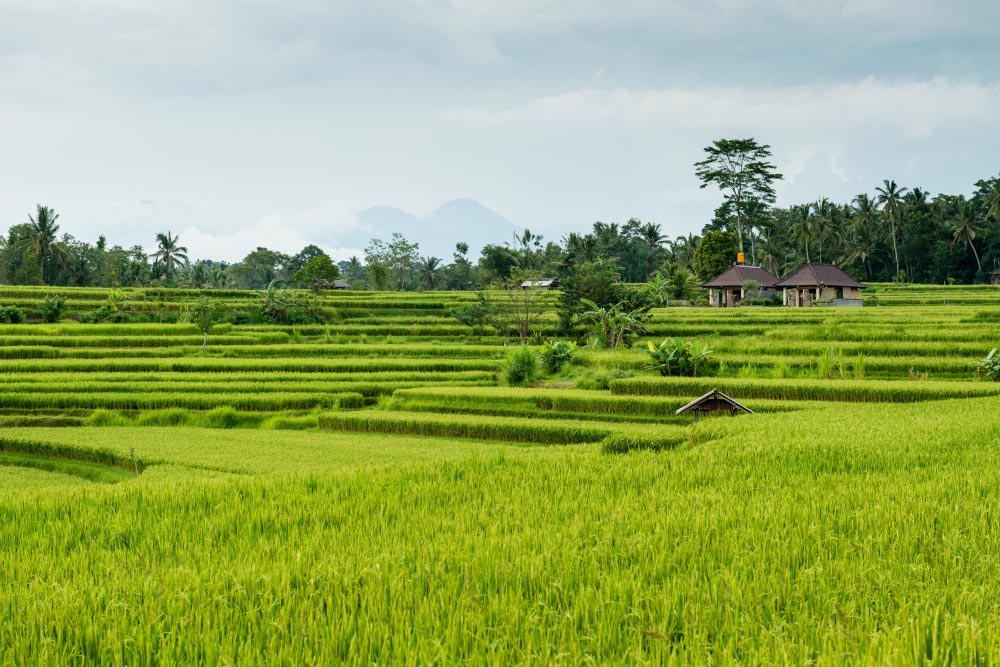
Agriculture is a crucial part of human life, providing food for billions of people worldwide. However, the way in which crops are grown and the types of crops being grown have changed dramatically over the centuries, with many countries now relying heavily on a small number of crops. This practice is known as monoculture agriculture and it is becoming increasingly problematic for the environment, food security, and biodiversity. In this article, we will explore the dangers of relying on a limited number of crops, the consequences of monoculture agriculture, and the efforts being made to promote crop diversity and sustainable agriculture practices.
History and Current Status of Crop Diversity and Monoculture Agriculture:
Historically, agriculture was practiced in a diverse manner, with farmers growing a range of crops to ensure food security and to maintain soil health. However, as the global population has increased, so has the demand for food. To meet this demand, agriculture has become increasingly industrialized and focused on growing a limited number of crops on a large scale. This has resulted in a homogenization of agriculture, with many countries now relying heavily on just a few crops. According to the Food and Agriculture Organization of the United Nations, 75% of the world's food is generated from just 12 crops and five animal species.
Risks Associated with Overreliance on a Few Crops:
Relying on a limited number of crops has many risks, including:
- Loss of Biodiversity: Monoculture agriculture is a major contributor to the loss of biodiversity, as it requires the clearing of vast areas of natural habitats to make way for crops. This results in the loss of wildlife, plants, and other important species, which can have a major impact on the environment and food security.
- Vulnerability to Pests and Diseases: Growing a large number of the same crops in close proximity to each other can create a favorable environment for pests and diseases to thrive. This can result in crop losses and the need for increased use of pesticides, which can have negative impacts on both the environment and human health.
- Decreased Food Security: Relying on a limited number of crops can make food security more vulnerable, as a failure of one crop can result in widespread food shortages. This was seen in the 19th century during the Irish Potato Famine, where the failure of the potato crop, which was a staple food for the Irish population, resulted in widespread famine and death.
Impacts of Monoculture Agriculture on the Environment:
Monoculture agriculture has many negative impacts on the environment, including:
- Soil Degradation: Growing the same crops repeatedly in the same fields can result in soil degradation, as nutrients are depleted and soil structure is damaged. This can make it more difficult for crops to grow and can lead to soil erosion and loss of fertile land.
- Water Pollution: The increased use of pesticides and fertilizers in monoculture agriculture can result in water pollution, as chemicals run off into rivers and lakes, affecting aquatic life and drinking water supplies.
- Climate Change: Monoculture agriculture can contribute to climate change, as the large-scale clearing of natural habitats releases carbon into the atmosphere and the increased use of fossil fuels in agriculture contributes to greenhouse gas emissions.
Efforts to Promote Crop Diversity and Sustainable Agriculture Practices:
To address the risks and impacts of monoculture agriculture, there are efforts underway to promote crop diversity and sustainable agriculture practices. Some of these include:
- Agroforestry: Agroforestry involves growing crops and trees together, creating a diverse and productive system that provides multiple benefits for both the environment and food security. This practice can help to conserve biodiversity, prevent soil degradation, and reduce the need for harmful chemical inputs. In some communities, agroforestry has been shown to increase crop yields, improve soil fertility, and provide additional income from non-timber forest products. For example, a study in Kenya found that farmers practicing agroforestry increased their household income by over 50% compared to those using traditional agriculture methods.
Conclusion:
In conclusion, the overreliance on a few crops in agriculture poses a significant risk to food security, the environment, and biodiversity. The dangers of relying on a limited number of crops include increased vulnerability to pests and diseases, loss of biodiversity, soil degradation, and water pollution. However, there are efforts being made to promote crop diversity and sustainable agriculture practices, such as agroforestry, that can help to address these issues. By increasing our understanding of the consequences of monoculture agriculture and the benefits of promoting crop diversity, we can work to create a more sustainable and secure food system for the future.
Overall, it is important for us to recognize the significance of promoting crop diversity in agriculture and to support initiatives that promote sustainable agriculture practices. By doing so, we can ensure food security, conserve biodiversity, and protect the environment for future generations.
Agricultural Science




